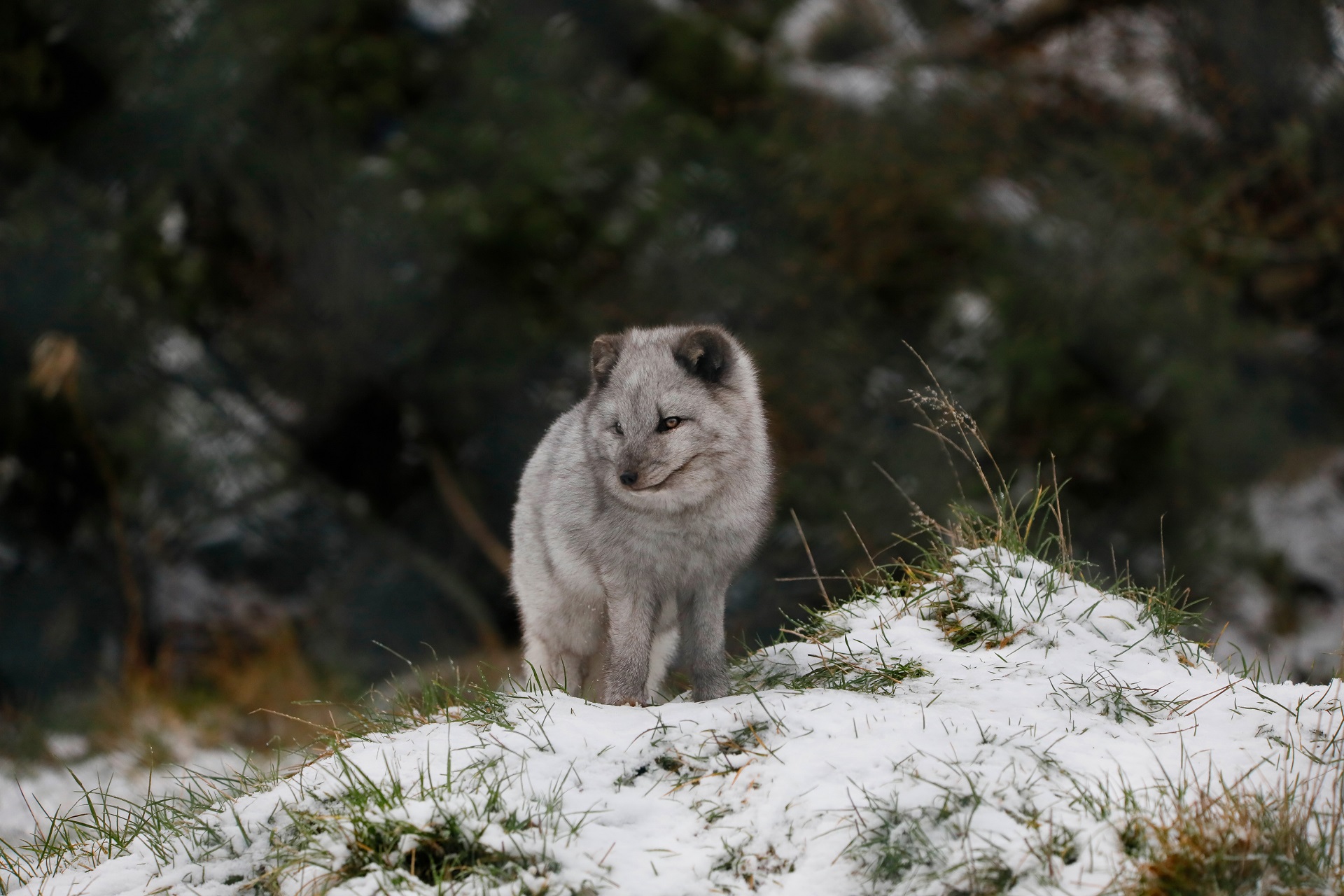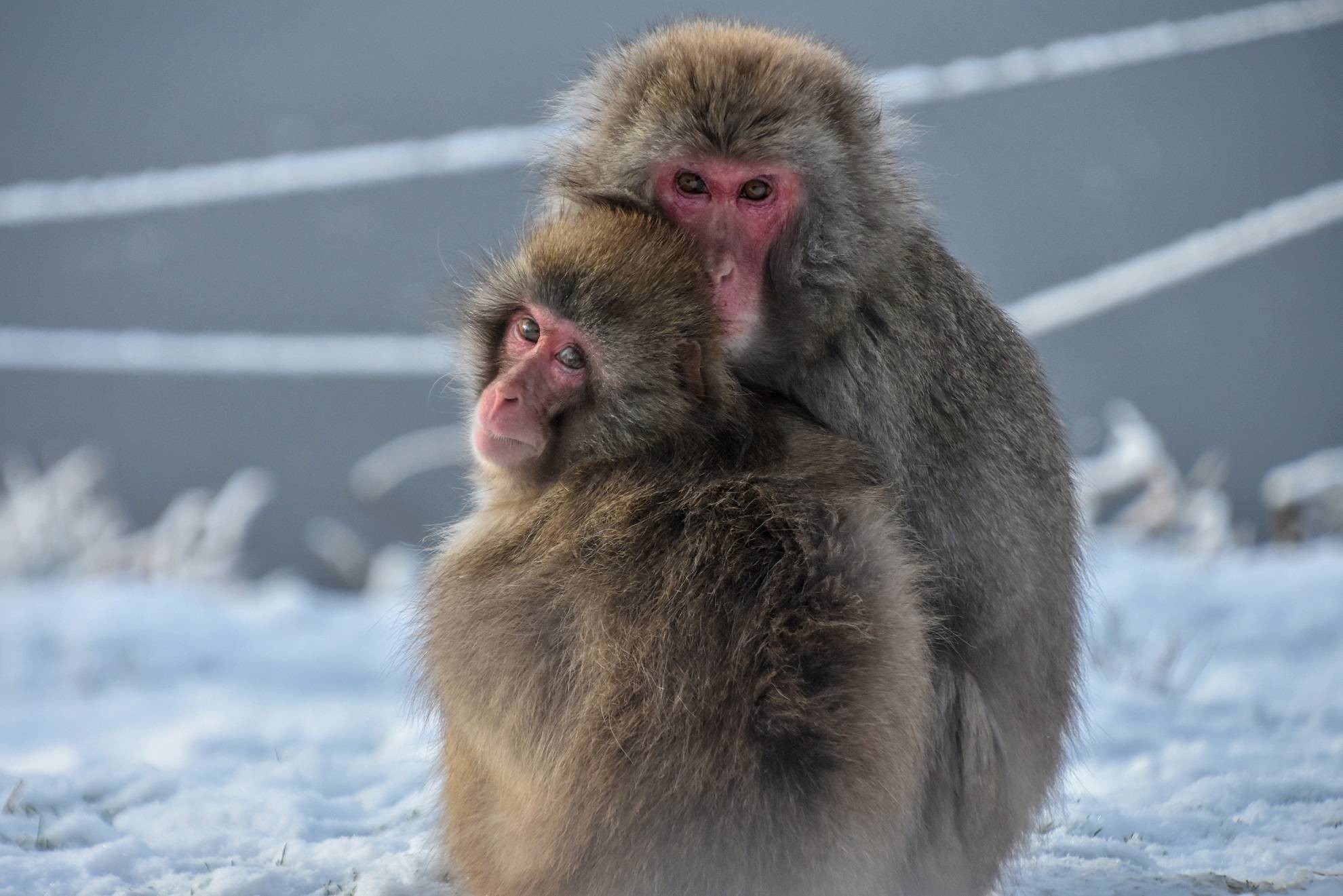Arctic fox
Vulpes lagopus

There are three Arctic foxes here at the park - Jack, Sarah and their cub Toots, born in May 2023.
Sarah was born here at the park in 2019 and Jack joined us in October 2022 from Rostock Zoo.
Population
Stable
Diet
Carnivore
Habitat
Polar
Fact file
The Arctic fox is best known for its pristine, white winter coat, however during the summer, the coat becomes dark on the upper side, with light grey or white underneath and is half as thick
Arctic foxes are well adapted for life at sub-zero temperatures, they have dark skin under their fur to help absorb and retain heat
Their warm, hairy paws cleverly muffle footsteps when hunting
Arctic foxes reuse their dens and some underground homes are hundreds of years old
![Arctic fox Sarah with white winter coat looking at camera [eye contact] IMAGE: Amy Middleton 2023](https://images.rzss.org.uk/media/Highland_Wildlife_Park/HWP_animals/Arctic_fox/arctic_fox_3.jpg)
How we're helping
Like all the animals in our care our foxes are amazing ambassadors for their relatives in the wild and help hundreds of thousands of people connect with nature every year. They encourage visitors to learn about the threats facing wildlife and the action they can take to help create a world where nature is protected, valued and loved.
As a wildlife conservation charity, we care for the animals here at the zoo and work to protect species at risk around the world. From providing expertise in genetics and veterinary health, to protecting wild places with local conservation partners, and even restoring threatened species to the wild, we are active where we are needed most.
Find out more about RZSS conservation
